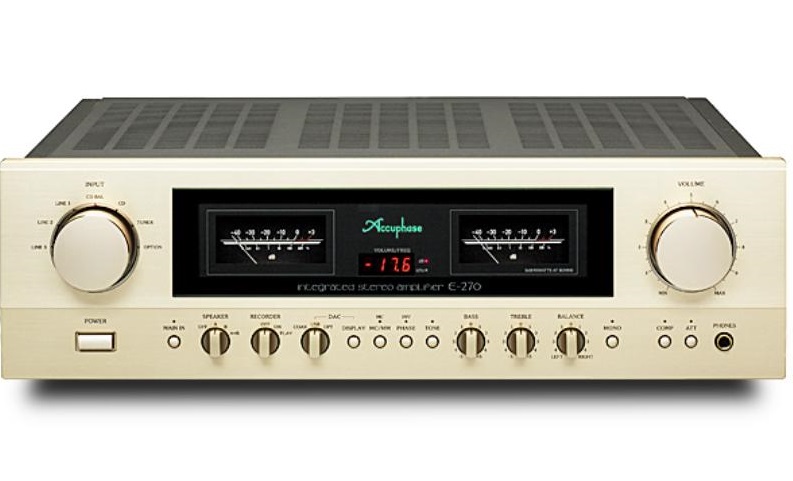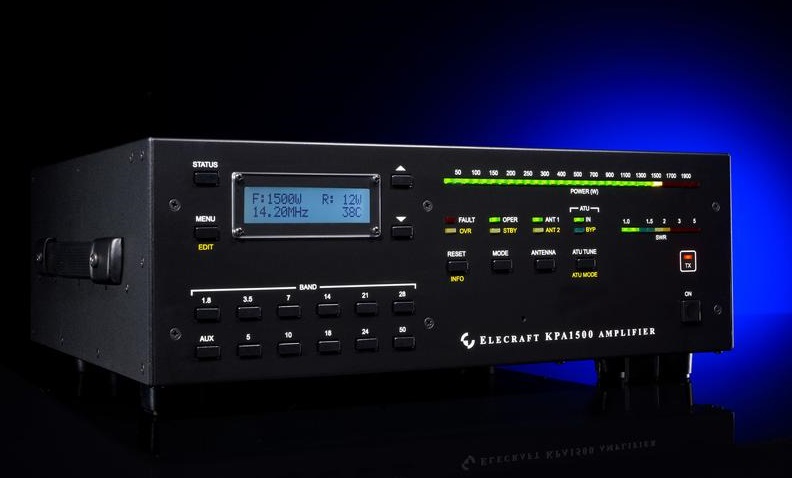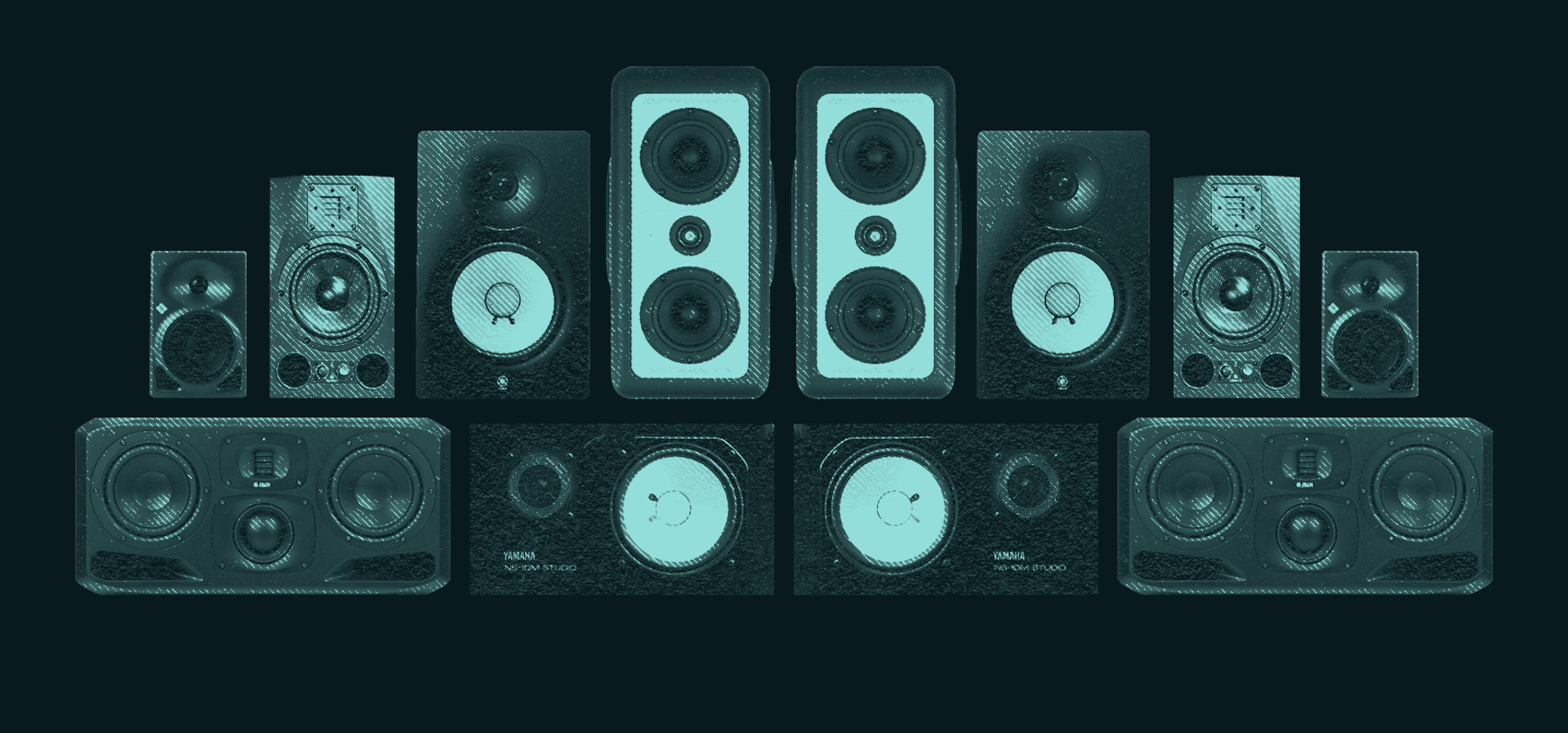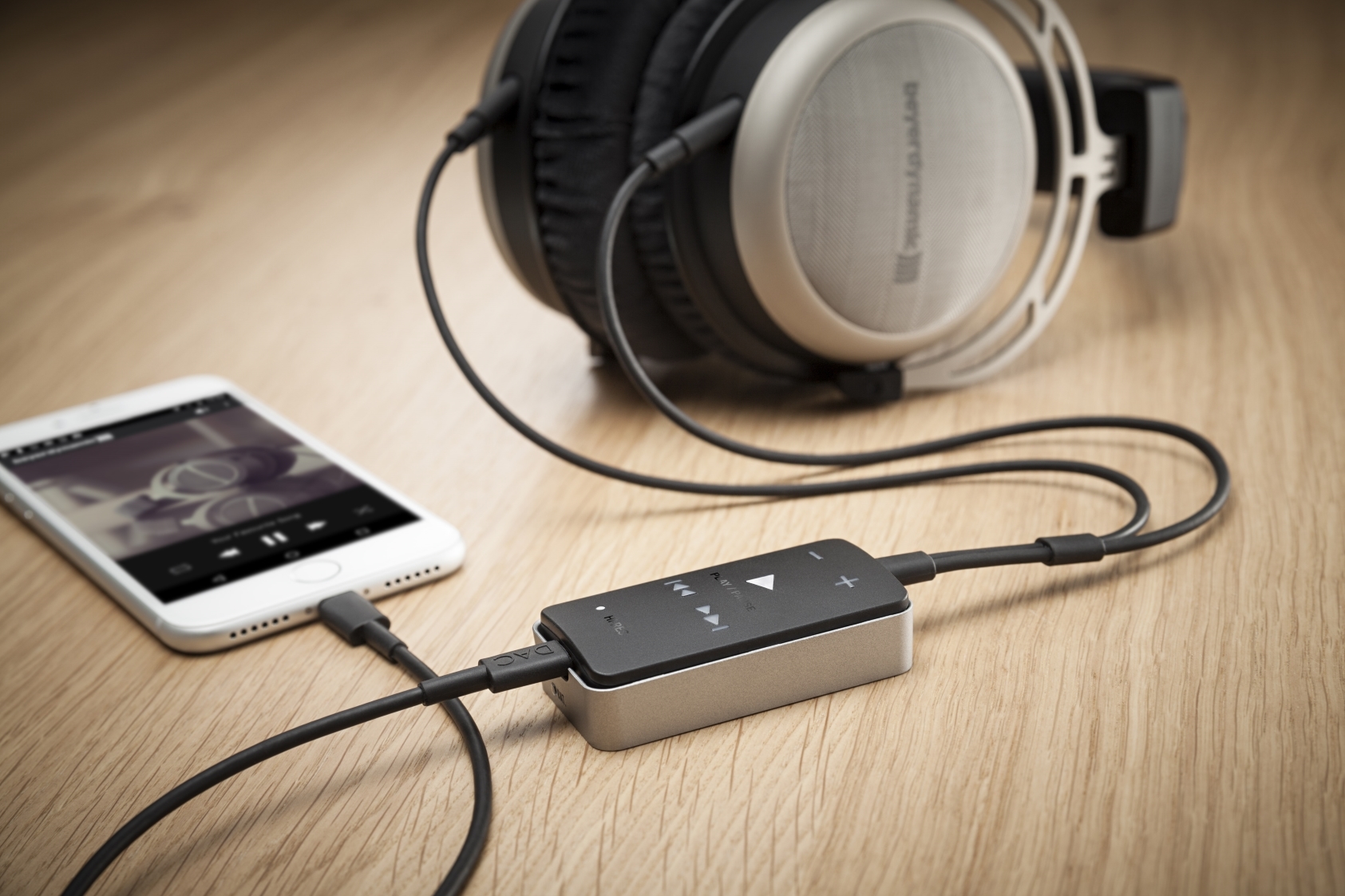With the usual connection of acoustic systems, all heads are shaken by one amplifier, each receiving its own portion of the signal after the corresponding crossover filter located inside the acoustics.
Bi-amping involves the use of two amplifiers for each channel. Two pairs of wires are also used for connection. This option allows you to completely eliminate the interaction of low-frequency and high-frequency emitters and achieve high stability of the amplifying equipment.
The most common now is passive bi-amping, and it is worth considering to understand why this approach to amplification is needed.

Passive bi-amp
The advantage that comes from separating the tweeter and subwoofer leads goes beyond simple two-wire connection: in fact, apart from the possibility of using double cables, nothing prevents the use of two stereo amplifiers instead of one or it is possible to implement it on the basis of a powerful home theater receivers under $ 1000.
In practice, you can connect tweeter cables to a power amplifier and subwoofer cables to another one that is necessarily identical. This creates a simplified multi-amplifier, that is, two speakers (woofer and tweeter) are driven by two separate amplifiers.
The advantages over a simple two-wire connection are the increased available power (and therefore the dynamics) and the driving ability. The advantages over an active multi-amplifier are: preservation of the characteristics of the original speaker filter and almost universal applicability.

There are also disadvantages of passive bi-amping.
High production costs: two identical power amplifiers, two connection cables between preamp and output, two power cables.
A waste of energy: two amplifiers ALWAYS boost the entire audio range and half the work is rejected by the filter inside the cabinet. For example, an amplifier connected to the tweeter cables still amplifies the entire audio signal from 20 to 20,000 Hz, but in practice only a fraction of the cutoff frequency is used upwards, the rest is lost.
Thus, the amplifier operates at full load, but its operation is only used halfway. A huge waste of energy, which can only be avoided with active double boost.

